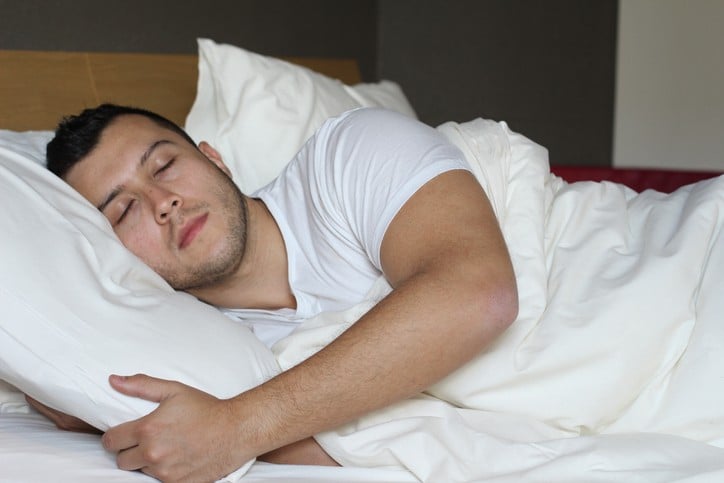
While a lumbar pillow may not help, we recommend trying a pillow below your abdomen to get a more neutral position of your spine. Sleeping on your stomach can require you to flex your lower back, especially if your face and chest are elevated with a pillow.

Stomach sleeping - Sleeping on your stomach introduces many issues, such as the position of your lower back in relation to your hips. Combination sleepers can really benefit from a lumbar belt that goes around your waist above your hip and provides support on all sides of your lower back regardless of your sleeping position. While it may be easy to find adequate support in your initial sleeping position, rarely will you roll or flip unconsciously into another supportive position. While elevating your legs slightly can improve support (by rocking your hips backward) you may need to try a lumbar pillow or fill the gap between your mattress and lower back.Ĭombination sleeping - Combination sleeping refers to switching from one position to another, often unconsciously. Due to the way your spine curves inward to your body in your lumbar area, sleeping on your back can leave these areas unsupported. This allows your spine to bend downwards and over time this can cause a lot of pain.īack Sleeping - Back sleeping, while preferred and recommended by many doctors, physical therapists, and chiropractors can be vulnerable to a lack of lower back support.

If you sleep on your side and especially if you are petite, have a thin waist and wide hips, or are using a firm mattress, there is often a gap or low support area between your mattress and your back just above the hip. Side Sleeping - Side sleeping is the most common sleeping position and one of its main issues is lower back support.
Your lumbar area needs support on all sides and you will see how this comes into play with these three main sleeping positions:


 0 kommentar(er)
0 kommentar(er)
